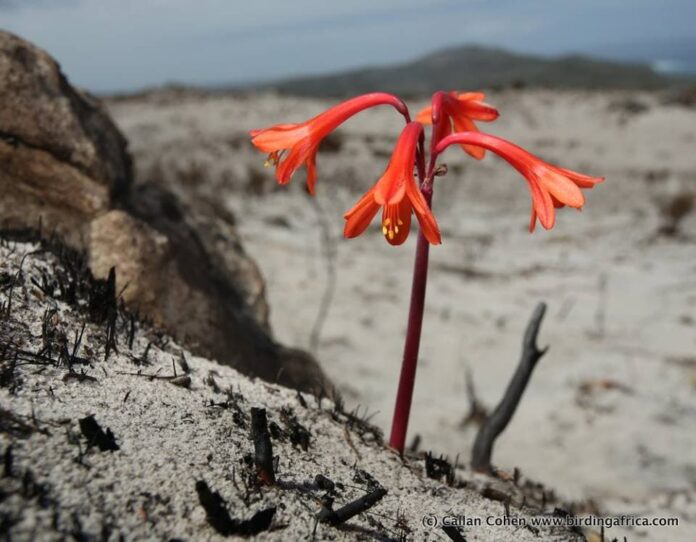While fire is a threat to most living beings, it works differently on active pyrophytes. In fact, these plants even contain volatile oils that encourage fire incidents to their advantage as well. Active pyrophytes or pyrophyle plants are the plants that require fire in order to complete their cycle of reproduction. How weird, right? You are going to find 3 plants of this type below, so let’s take a look.
1Australian Grass Tree

This is one of the active pyrophytes that are able to flower prolifically after a fire. You can tell that an Australian grass tree survived a blaze with its conspicuous flower spikes. Just a few weeks after the fire, colorful flowers start blooming out from the Australian grass trees. Even in the greenhouses, these trees need blowtorching to encourage flowering which is absolutely different from most plants out there. Australian grass trees have the amazing ability to survive fire even if the fire blackens their trunks and burns their leaves. These trees can still move on because their living growth point is underground.
However, not all species of this tree are active pyrophytes and the perfect example of that is the grey grass tree. This tree inhabits Victoria, and hot fires can definitely kill them. So these trees need protection if they grow in fire-prone landscapes where wildfires are common. Grass trees are important to the Aboriginal people across Australia because their resin works great as glue. People can use them in patching up water containers, spear-making, and many more. At the same time, their flower spikes are useful as fire sticks and fishing spear shafts. These trees grow everywhere in Australia, and this species is under protection since it is threatened by cinnamon fungus.
2Eucalyptus

Eucalyptus trees make up most of Australia’s forests, and every state and territory in the country has representative species. About three-quarters of Australian forests are eucalyptus forests, and these trees have a very unique way to grow. Several eucalyptus species have specialized buds that are protected under the bark of their trunks. When the trees are burned, those buds emerge to produce new branches and leaves so that the trees live on. These active pyrophytes rely on starting wildfires in order to prevent other tree species from invading their habitat. Since eucalyptus depends on their fire-resistant qualities, they can survive their own fires without a problem. Since wildfire is a feature of the Australian landscape, this explains why eucalyptus seeds can survive the fire.
3Gum Rockrose
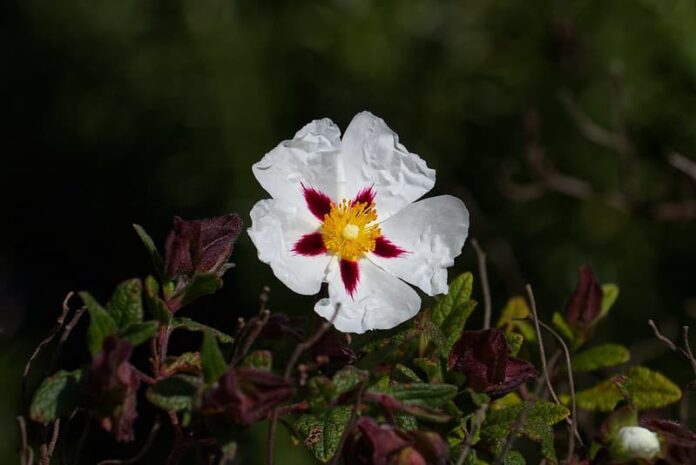
Native to Northern Africa and Southern Europe, gum rockrose is very common in abandoned pastures, shrubland, and woodland. These graceful flowers grow in degraded forests or mountain landscapes as a consequence of fires. Gum rockrose is one of the pyrophyles, and it is very popular as an ornamental plant. This flower species does not only tolerate drought and fire but its sticky resin is also highly flammable. The fires actually serve to soften the hard seed coatings, stimulating the plants to grow while fueling summer fires that rage through the region.
People also grow them for their strong resin-scented foliage and conspicuous flowers. Shepherds noticed that working resin from the flowers helped small cuts to heal faster. Today, essential oil from gum rockrose leaves is still among the best healing agents for general skin problems, scarring, and wrinkles. More than that, the leaves of these flowers also yield fragrant oleoresin that is used in perfumes as well. Traditionally, goat headers collected gum rockrose for the perfume industry. Even more interesting, it also functions as medicine that is an excellent antibacterial, antiseptic, and antiviral medicine.
Pyrophiles: 5 Plants & Trees That Require Fire To Reproduce

While active pyrophytes encourage wildfire, pyrophiles require wildfire to prompt reproduction. Pyrophiles typically require wildfires and smoke to start or complete their cycle of reproduction. They do not only adapt to tolerate fire but also use the flame to their advantage. In fact, there are many plants that begin to abundantly flower once they experience damage from a wildfire. There are a few good examples of this type of plant, and you will find the most common ones below.
Banksia

Banksia contains serotinous cones or fruits that are covered in resin which can only be melted by fire. The resin will release the seeds when it melts, and this is why it needs fire. As the temperature increases, seed germination is also more favorable. Some banksia species have either swollen stem bases or underground woody organs known as lignotubers from which new shoots can emerge. Meanwhile, some other species have seeders that die during fires and rely on a new generation to replace them. There are also banksia species that have flowers that form a cone with a low number of seed follicles (fruit). Fire will trigger these follicles to split and expose the seeds within while a seed separator prevents them from boiling.
Fire Lily
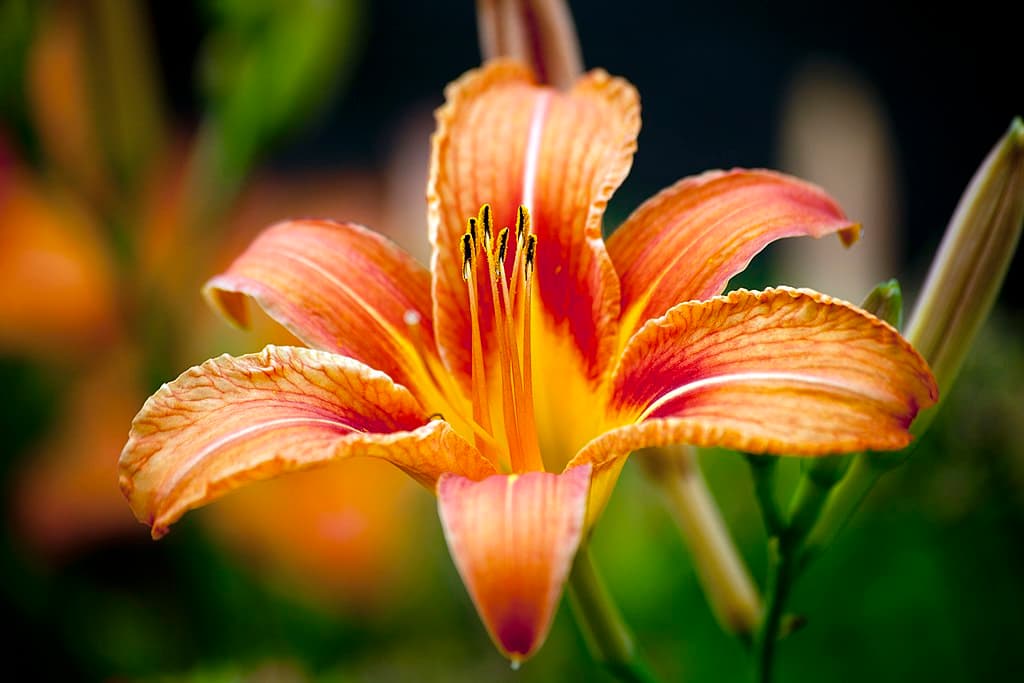
Fire lily genus is the only flower that is entirely dependent on fire to flower, and the genus has several members. With an extremely fast flowering response to natural bushfires, the flowers typically appear within a week to ten days after the fire. Fire lily has pale to dark crimson or salmon flowers with a contrasting darker crimson band on the midrib of tepals. There are 6 stems that are arranged in two whorls in which the outer filaments are somewhat longer than the inner. This flower is native to South Africa, and you can find them along the Cape Fold Mountains. People use these active pyrophytes for floral displays during their brief flowering period after summer fires.
Fire Poppy
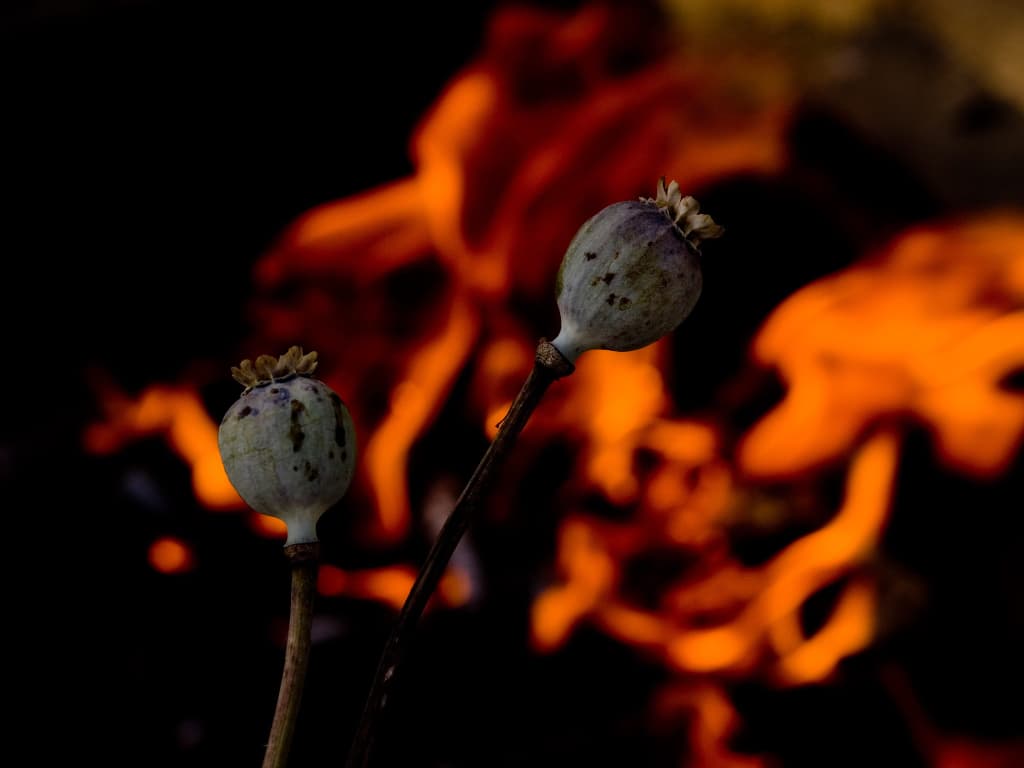
While the cold never bothers Elsa, the fire never these beautiful golden flowers here. After an area is hit hard by intense fires, fire poppies start popping up by rising from the ash. The perfect example of that was when wildfires swept through southern California in 2018, causing great destruction. The Woolsey fire scorched historic Hollywood sets, leveling houses, and sites of biodiversity. However, something magnificent happened when the rare and elusive fire poppies grew on the trails of the fires. Santa Monica Mountains were hit very hard, and those were where the flowers were growing in the most.
These pyrophyles use charred soils, heat, or smoke as signals to sprout. Their seeds can lie dormant for years waiting for the opportunity to bloom their brick red, orange, and red beauty. Once the fire hits, it sends a message to begin germination through the smoke for the flowers to get ready. The heat of a blaze cracks open the hard coating on a seed, allowing the flowers to sprout. If there is rain, the condition will be even more favorable for fire poppies to grow. These flowers provide vegetative cover that helps to reduce erosion on steep slopes after the protective cover has been burnt.
Giant Sequoias
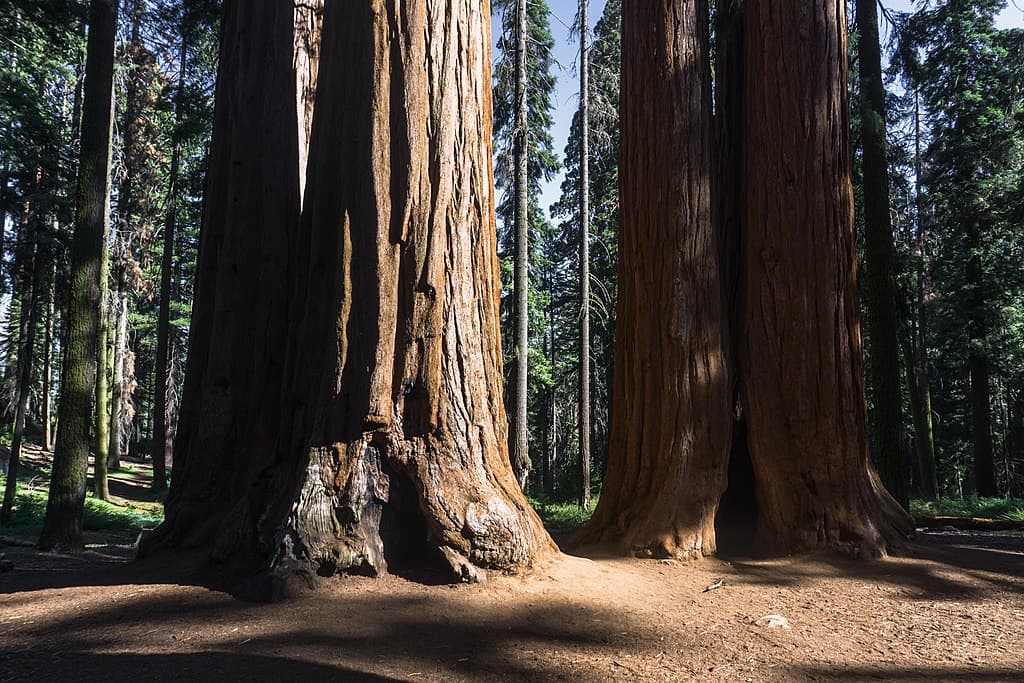
Giant sequoias are the largest trees in the world, growing and living for up to 3,000 years. But without fires, these trees cannot reproduce. Fires help giant sequoias in so many ways when it comes to growth and reproduction. One of those is the reduction of competition from other species such as incense cedar and white fir. These two species compete with giant sequoias for nutrients and water. With the natural fire cycle, these competing species won’t stand a chance to cause a problem anymore.
The main benefit, of course, is to aid the growth of the trees because giant sequoias depend on fire for reproduction. The small green cones full of seeds of this tree species wait near the crown for germination in order to grow. Those cones need fire or insects to crack them open or the seeds remain trapped inside. Fire can dry out the cones, enabling them to open and deposit their seeds on the forest floor. Fire also exposes bare mineral soil so that seedlings can take root, recycles nutrients, and open holes in the forest canopy.
Around the base of giant sequoias are usually small shrubs and trees that prevent the seeds to survive. This is when fires come to eradicate such problems while loosening the soil to allow the seeds to grow underground. The problem is that only a small percentage of seeds get to germinate and grow to adulthood. There are obstacles such as lack of moisture, too much sun, or unexpected fire that kill the young seedlings. Without perfect balance, trees that are two or three years old can also die.
Lodgepole Pine
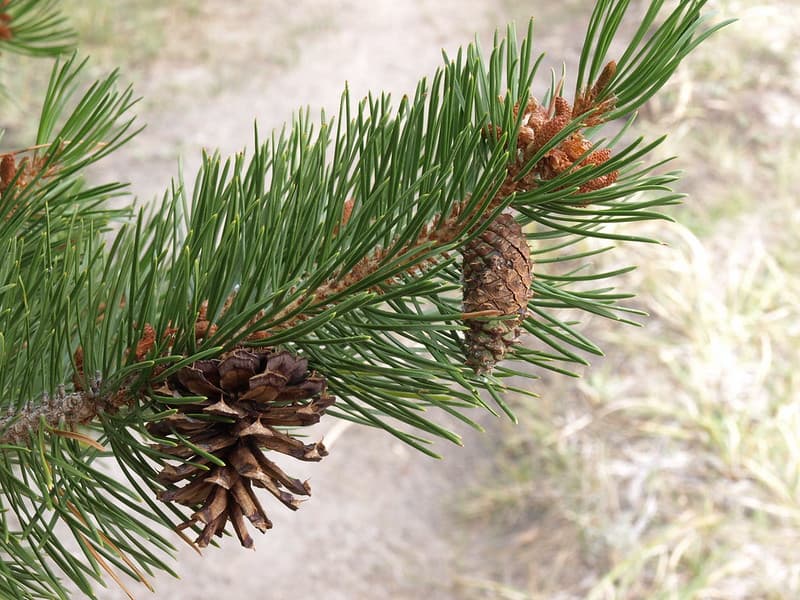
Lodgepole pines are one of the pyrophyles that regenerate on burned sites after a fire. Although the trees die easily when a fire passes through, their seeds live on to grow for the next generation. This species requires full sunlight to thrive, and it adapts really well to landscapes where fires regularly occur. Lodgepole pines have serotinous cones that require the heat of the fire to release their seeds. At the same time, fire also produces favorable conditions for their seeds to germinate. Fires help to eliminate competing species, expose mineral soil, increase the amount of sunlight on the forest floor, and release nutrients in the soil. These are the main reasons why lodgepole pines depend entirely on fire in order to regenerate.
Related Post: Fire-Resistant Trees

